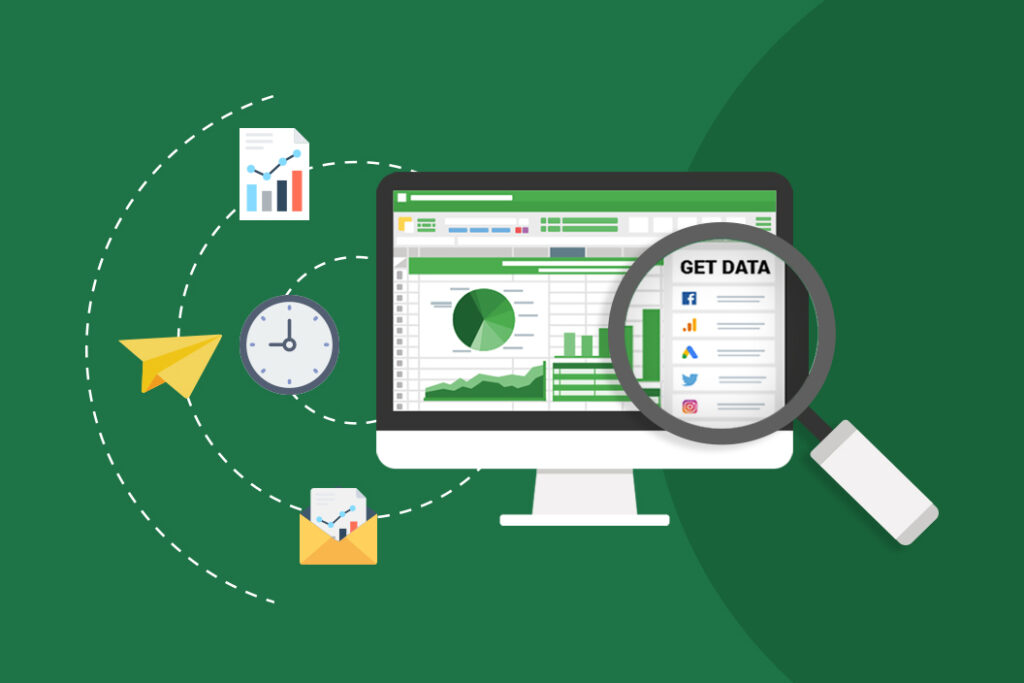Personal Career & Learning Guide for Data Analyst, Data Engineer and Data Scientist
Excel is a powerful tool for data analysis and it is widely used to manage large amounts of data. One of its many features is the ability to count cells that contain a specific type of data, such as negative numbers. This is useful when you want to identify the number of negative values in your data set.
Here’s how you can do this in Excel:
- First, select the cells that you want to count.
- Next, go to the formula bar and type in “=COUNTIF(A1:A10, “<0″)” (without the quotes). This formula says to count the cells in the range A1 to A10 that contain a value less than 0.
- Change the range in the formula to match your data. For example, if your data is in the range B1 to B20, you would use the formula “=COUNTIF(B1:B20, “<0″)”.
- Press “Enter” to get the result.
That’s it! Now you know how to count cells in Excel that contain negative numbers.
It’s important to note that you can also use this technique to count cells that contain other types of data, such as positive numbers, text, or dates. For example, if you want to count cells that contain positive numbers, you would use the formula “=COUNTIF(A1:A10, “>0″)”.
In conclusion, if you’re a data analyst, Excel is an essential tool for your work. By using the “COUNTIF” function, you can quickly and easily count cells that contain negative numbers. This will help you make sense of your data and uncover valuable insights.
Excel Example for Data Analyst – Count cells that contain negative numbers
 Loading...
Loading...
Latest end-to-end Learn by Coding Projects (Jupyter Notebooks) in Python and R:
All Notebooks in One Bundle: Data Science Recipes and Examples in Python & R.
End-to-End Python Machine Learning Recipes & Examples.
End-to-End R Machine Learning Recipes & Examples.
Applied Statistics with R for Beginners and Business Professionals
Data Science and Machine Learning Projects in Python: Tabular Data Analytics
Data Science and Machine Learning Projects in R: Tabular Data Analytics
Python Machine Learning & Data Science Recipes: Learn by Coding
R Machine Learning & Data Science Recipes: Learn by Coding
Comparing Different Machine Learning Algorithms in Python for Classification (FREE)
There are 2000+ End-to-End Python & R Notebooks are available to build Professional Portfolio as a Data Scientist and/or Machine Learning Specialist. All Notebooks are only $29.95. We would like to request you to have a look at the website for FREE the end-to-end notebooks, and then decide whether you would like to purchase or not.
